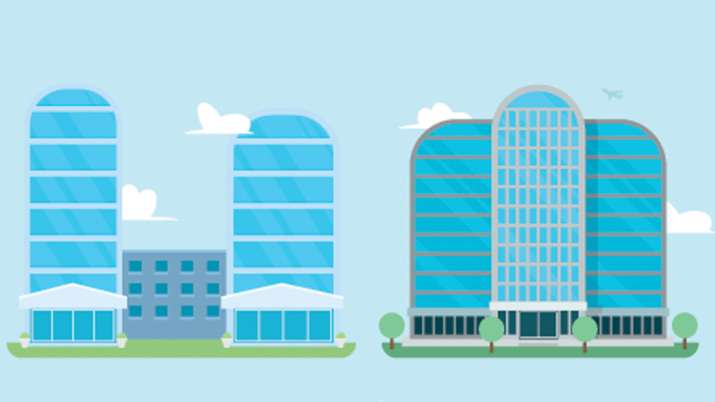
Commercial leasing activities are once again gaining momentum, fueled by a strong economic outlook. Most large corporates are now implementing back-to-office programs. Stagnant demand in the market is also giving impetus to the growth.
Traditionally commercial leasing is a better investment option than residential markets as it can ensure recurring rental income. As a result, the investor fraternity is once again aggressively betting big on the commercial market, which includes a wide range of properties such as office complexes, partial ownership, co-working spaces, retail stores etc.
However, like any other type of investment, there are some basic rules that need to be taken care of in case of commercial investment. This can ensure higher rental ROI and reduce overall risk.
Tips that can turbocharge rental output in commercial investments:
1. High Demand Locations
Gunjan Goel, Director, Goel Ganga Developments said that it is always better to look for places with high demand. Location with high demand will give better returns. The demand lies in several factors such as the availability of business parks and IT clusters, mass transit systems such as metro and suburban railway stations, shopping malls and nearby high street retail, etc. Similarly, airports and large convention centers also promote commercial activities and can provide investors with profitable lease terms.
The role of social infrastructure which includes schools, colleges, health facilities, banks and ATMs etc. can also enable the investor to get higher returns.
2. Quality Attributes
Just like the location, the quality of the property is also very important. Even within the same location, different properties may post different rental returns. Nakul Mathur, MD, Avanta India said, “A good quality project will always attract better clients and there will be less chances of cancellation. Hence it is important for investors to check the property types.”
Some of the key parameters to be checked include lifts and escalators, fittings, lobby and gallery areas, approach to the building, etc. Similarly, one should also look into certifications like LEED (Leadership in Energy and Environmental Design) etc., he said.
3. Lease Terms
The popular lease term in commercial real estate is 3+3+ 3 or 5+5+5 (within a period of 3 or 5 years, leases are renewed). There are also terms of the lease like lock-in period (the tenant cannot cancel the deal within the lock-in period). Similarly, there are client-specific deals in which a tenant can cancel before the lease period ends.
Mukesh Goel, Partner, Auric Group said, “While drafting a lease agreement, an investor should look for a favorable deal. Generally, an extended lock-in period is appropriate, as it gives the landlord a certain edge. Will get it.” One should also be mindful of the tenant’s needs and incorporate them into the terms of the agreement. “A better landlord-tenant relationship is a cornerstone of the prudent commercial leasing business.”
4. Reputed Tenants
If a tenant is a sizable business having good cash flow, it will ensure a hassle free business with constant rental income without any hiccups. Reputable companies and tenants with popular start-ups can be a good bet. Meanwhile, with smaller enterprises, there is a risk of poor cash flow that can affect leasing as well. In addition, bringing a large enterprise like a blue-chip company into the premises can enhance the overall brand perception of the building and help in attracting some other good deals.